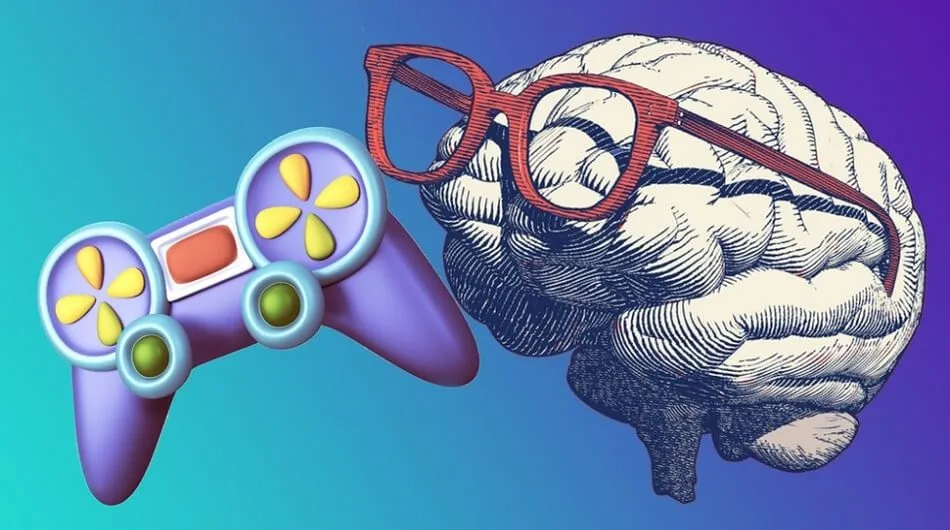Having clear, rapid, and precise brain communication improves everything from strength, speed, and agility to reactivity, attention, decision-making, and skill development. Neuroplasticity and functional neurology research is continually being used by elite athletes and peak performers to enhance their sports performance.
However, how can you enhance your brain’s ability to complete tasks? Everyone has a nervous system and it’s easier than it seems. Anyone, regardless of age, may benefit from learning how to improve their system’s response time.
What goes on inside your head?
A gorgeous green grass and many flora dotting the landscape of the brain come to mind when seeing it as a garden. Neurons, the little cells that comprise our brains, are represented by these plants.
In order to understand the world around us, we must first understand ourselves. An analogy can be drawn between this kind of trail on a grass lawn and the path humans naturally build when we go from one plant to the next.
This cerebral pathway is strengthened with each repetition, just as a path on a green lawn becomes more apparent the more we walk on it. Much like a well-defined path in a garden encourages us to return to the same spot over and over again.
When it comes to athletic performance, why is neuroplasticity so important?
The brain and the muscles must work together to accomplish an athletic activity effectively. Complex inter-and intramuscular coordination begins in the brain’s motor cortex in order for an athlete to successfully throw a baseball, kick a football, or run. As a result, in order to become proficient at a motor skill, one must practice it over and over again.
Athletes that have to pause and consider their next move sometimes have an unfair edge in athletic tournaments. Many individuals use the phrase “muscle memory” to describe the ability to accomplish a task without much effort or conscious effort. Despite the fact that this is false, it does suggest that a certain motor pathway has become so well-developed that less brain activity and neuron arrangement with the muscles are required to achieve a skill that previously seemed unfamiliar and foreign to you.
This is the reason why repeated practice makes certain talents seem or feel easy. Every time a technique is practiced, regardless of whether it is done properly or wrong, our brain refines the motor route in our brain. The importance of having instructors who emphasize perfect technique, whether it is for sport or in the weight room, cannot be overstated. Repeatedly executing a faulty movement pattern increases the difficulty of correcting it. Neuroplasticity for sports abilities may be achieved at any moment, but research shows that there is a window of opportunity for it.
A person’s motor skill and neuroplasticity is accessible throughout their lives, although it is best preserved at all phases of development. Training that teaches and reinforces healthy mobility should be implemented by sports professionals of all ages and levels. Training’s SAID principle applies to the motor cortex, which makes comparable adjustments as a result of enforced demands. In order to perform at their best in competition, athletes must constantly improve or refine their motor abilities.
The benefits for athletes
Athletes may improve their performance by developing and strengthening brain pathways specific to their sport. There are three major reasons for this: first, the fact that
-
Increasing your flexibility
The apparent advantage of strengthening neural connections is that you can improve the talent you are seeking to perfect in most sports pursuits.
Practice makes perfect, as the old saying goes since your neural pathway becomes stronger with each repetition.
-
Possessing a positive self-concept
You may not believe it, but your brain generates neuroplasticity connections regardless of whether you encounter things literally or via images. Several Olympians are well-known for their use of imagery (the use of imagination incorporating all of the senses) as a training technique.
For example, the bobsled driver in the 1990s film Cool Runnings studies photos of turns in his leisure time. Despite the fact that he isn’t on the track, he is mentally preparing himself for the race ahead.It’s this familiarity that allows him to manage whatever comes his way with more comfort, elegance, and delicacy when he’s really on the racetrack.
-
Recovering from an Injury with the help of others
After a physical injury, the brain changes and has to be retrained in order for a person to return to regular activities with reduced risk of re-injury, according to research from Ohio State University.
The brain activity of patients who had an injury to the anterior cruciate ligament (ACL) of the knee was different from that of healthy adults. It was apparent that they were unable to rely on the strength of their knees.
Conclusion
There is a good probability that if you’re reading this right now, you are committed to the growth of young athletes as well as to your own neuroplasticity development. As there is more than 1,000 new research on sports performance released every month, it is almost impossible to keep your knowledge and practices current.





